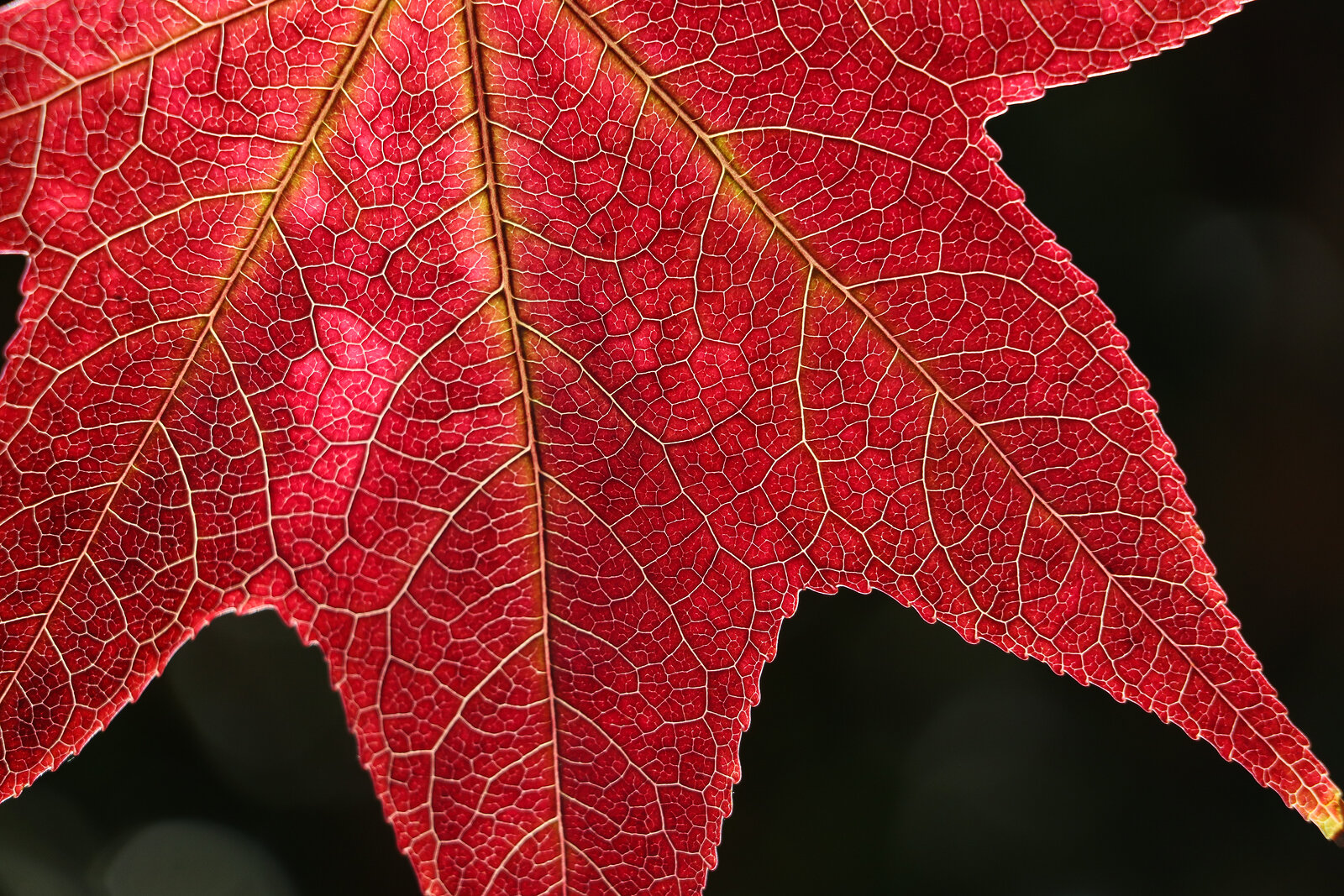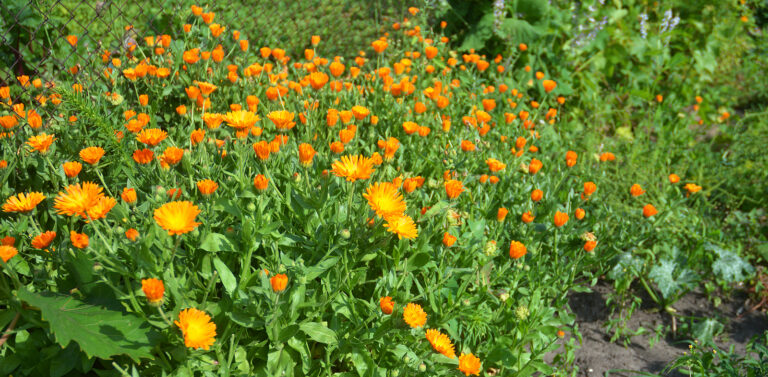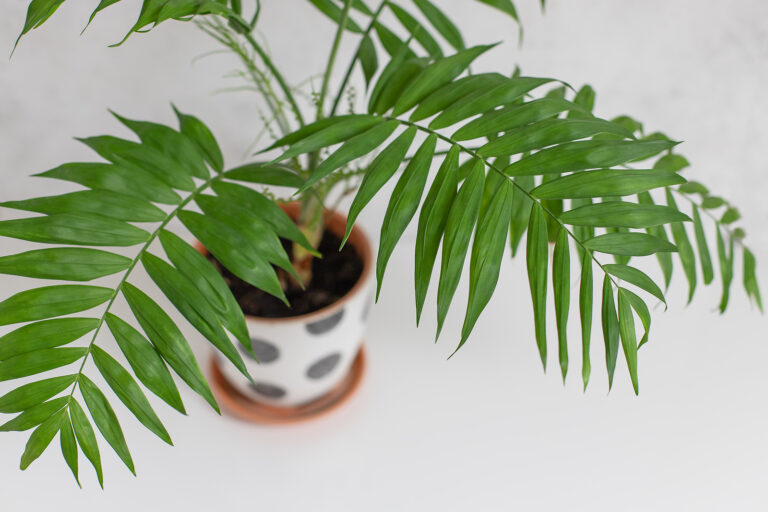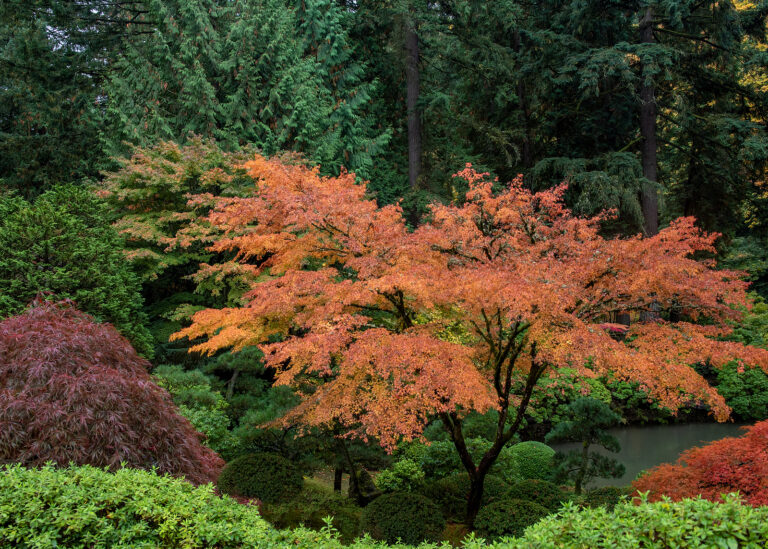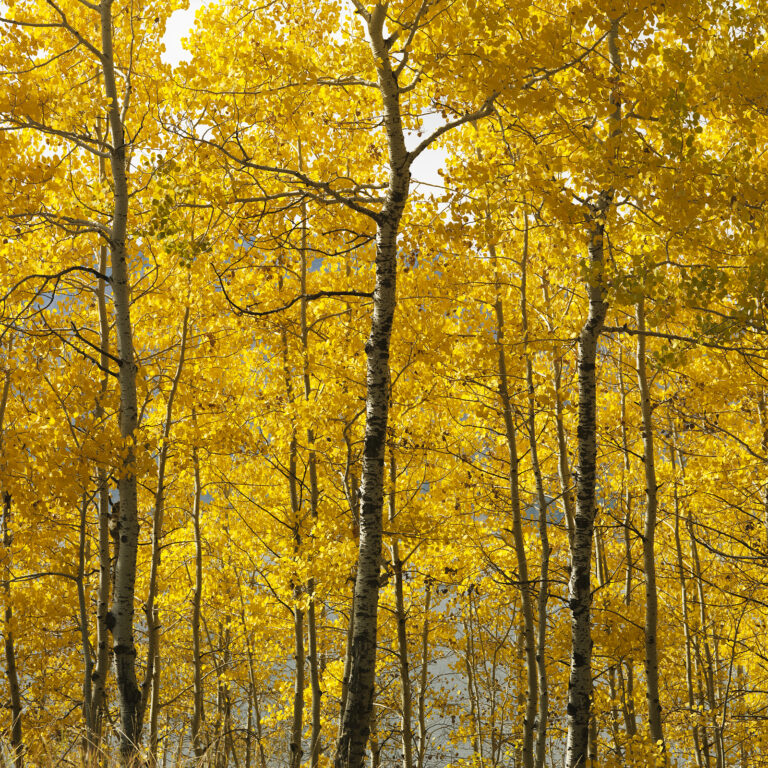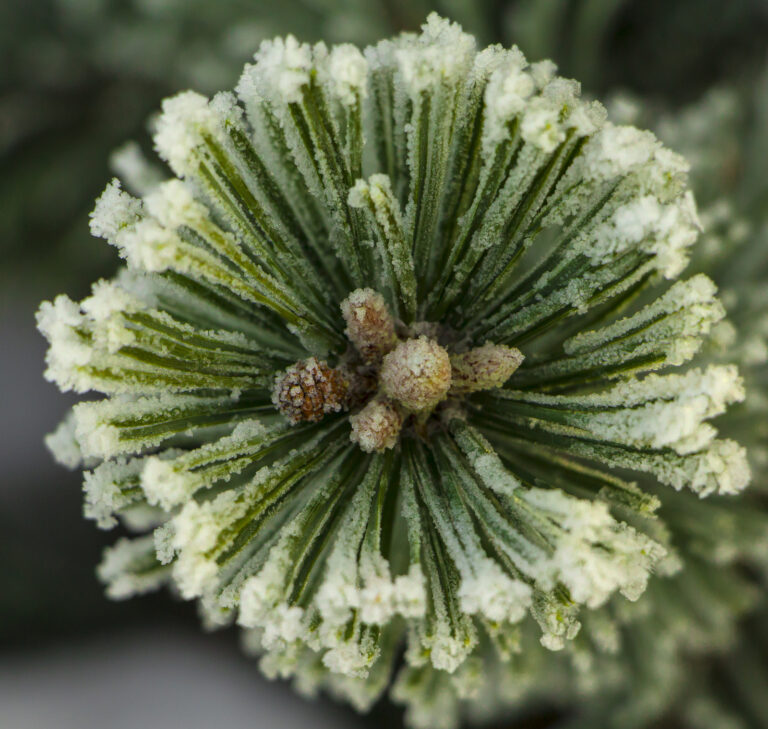How to Grow Sweet Gum — Liquidamber
Sweet Gum, Liquidamber, is a large deciduous tree with shining, aromatic, maple-like leaves that turn brilliant scarlet and deep crimson in early fall. In winter the tree is conspicuous for its erect branches, its deeply fissured bark, and its persistent shiny fruit balls.
Sweet Gum is exceedingly ornamental and strikingly free from pests and diseases. It is excellent for park and street planting. The foliage is long-lasting in autumn. It is much used in the South and West.
Liquidamber refers to the fragrant sap exuded by the tree when wounded.
Sweet gum is best propagated by seed.
Get to Know Sweet Gum
- Plant type: Deciduous tree
- Growing Zones and range: 3-8
- Hardiness: Hardy
- Height and spread: To 100 feet (30m) tall and 50 feet (15m) wide; grows to pyramidal form
- Foliage: Star-shaped leaves that turn shades of purple, crimson, and orange in fall.
- Flowers: Insignificant yellow-green flowers in downy spikes; followed by ball-shaped fruit.
- Bloom time: Late spring
- Uses: Specimen tree, woodland plantings
- Botanical name: Liquidamber styraciflua
- Common name: Sweet gum
- Origin: North America
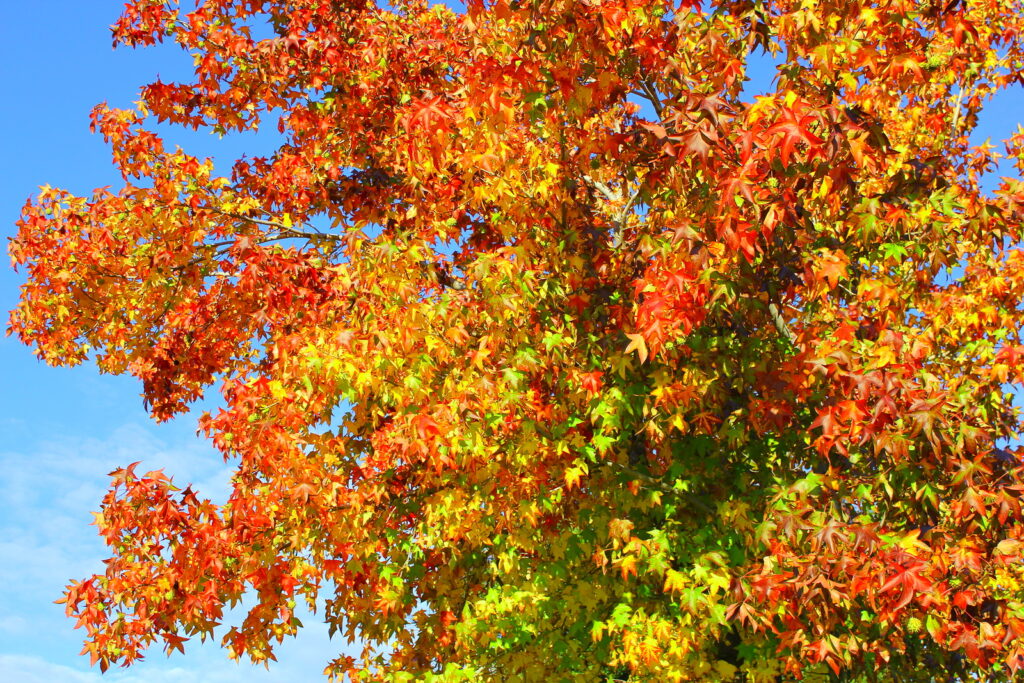
Where to Plant Sweet Gum
- Grow sweet gum in full sun to light shade.
- Plant sweet gum in moist, well-drained soil.
When to Plant Sweet Gum
- Transplant balled-and-burlapped or container-grown plants in spring.
Planting and Spacing Sweet Gum
- Space sweet gum 40 to 50 feet apart.
How to Water and Feed Sweet Gum
- Keep the soil evenly moist.
- Fertilize with aged compost spread to the dripline at least once a year.
Sweet Gum Care
- Prune sweet gum in early winter only as necessary to shape young trees or to remove deadwood.
- Sweet gum has no serious pests or diseases.
Sweet Gum Common Problems
- Sweet gum is difficult to transplant and slow to become established.
- Persistent spiny fruit can be a nuisance.
Sweet Gum Propagation
- Sow sweet gum seed in fall.
- Take cuttings from semi-hardwood in summer.
Sweet Gum Varieties to Grow
- ‘Burgundy’ forms a wide column of long-lasting deep purplish-red leaves in fall.
- ‘Corky’ is an upright, fruitless form.
- ‘Festival’ has a narrow shape and apricot, peach, and red fall color.
- ‘Palo Alto’ is pyramidal with orange-red fall color.
- ‘Pendula’ has pendulous branches.
- ‘Variegata’ also called ‘Gold Dust’ has leaves marked with yellow.

